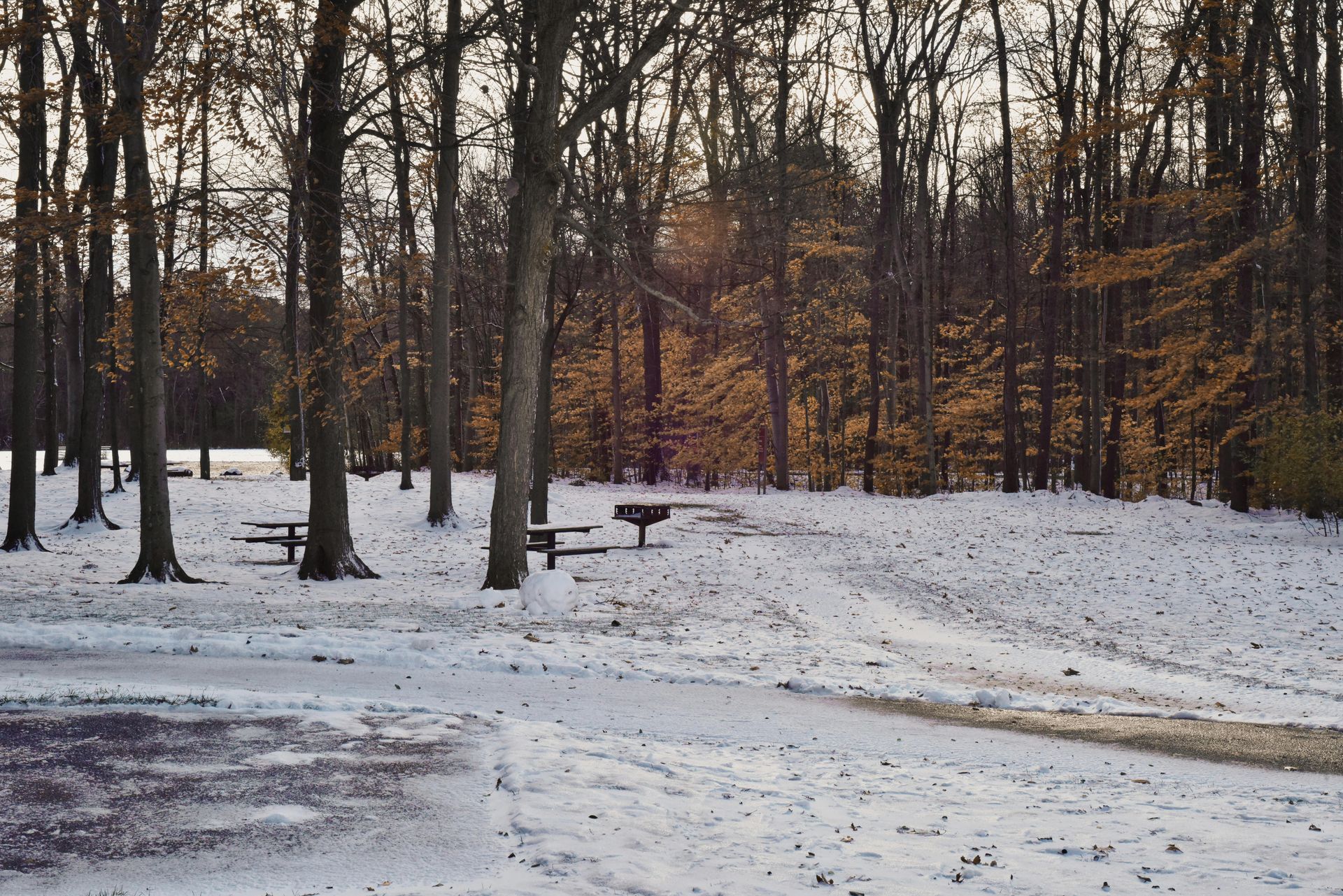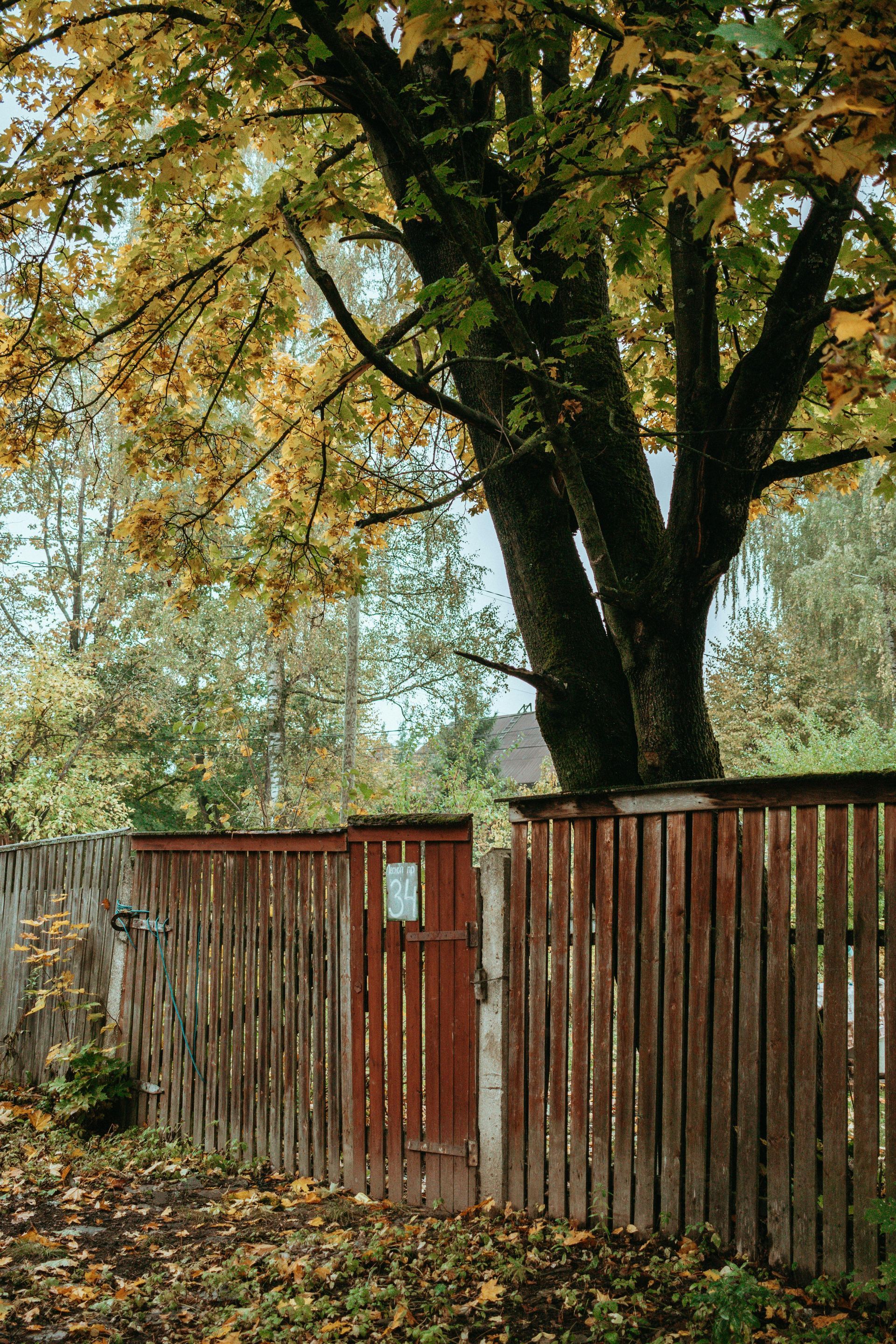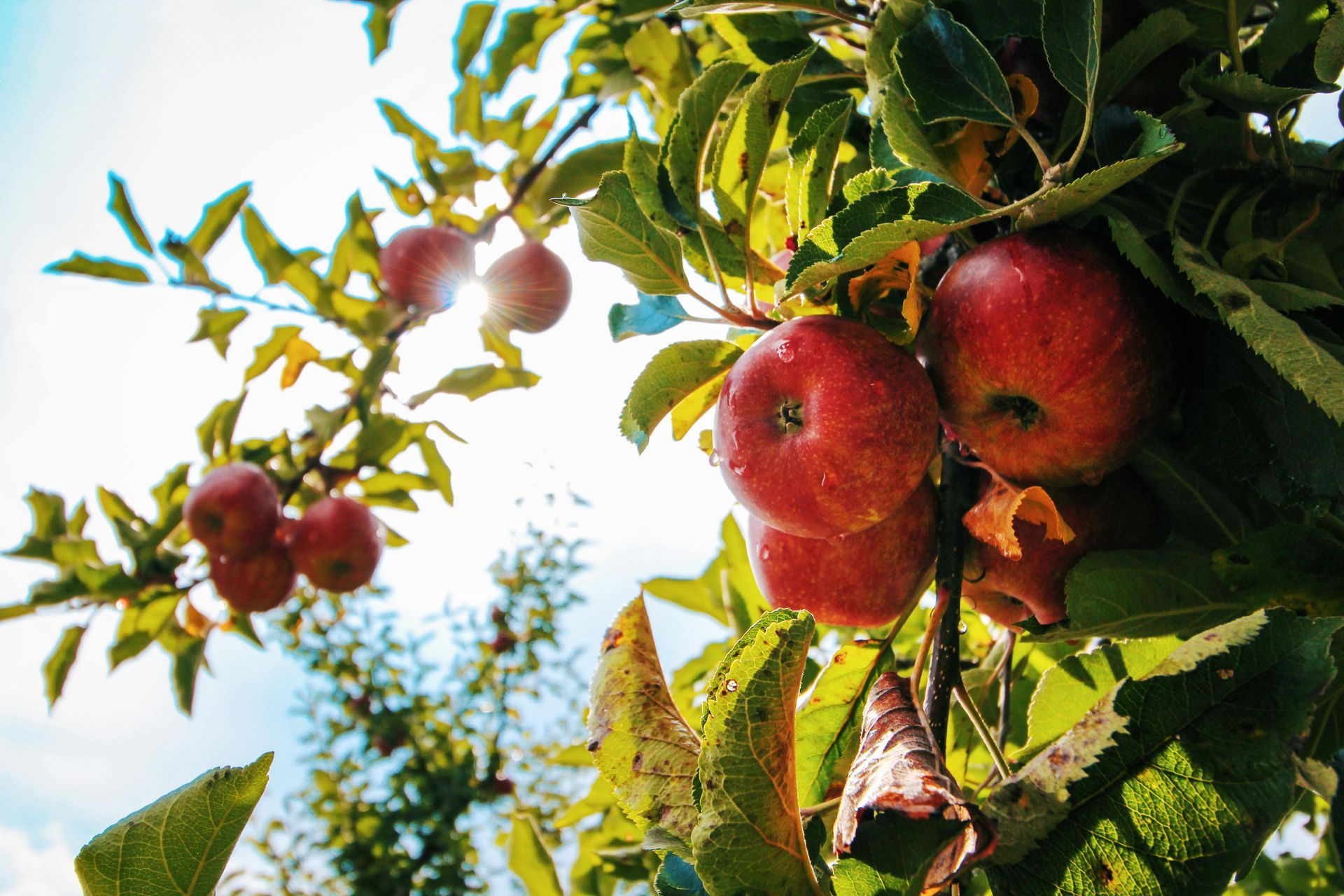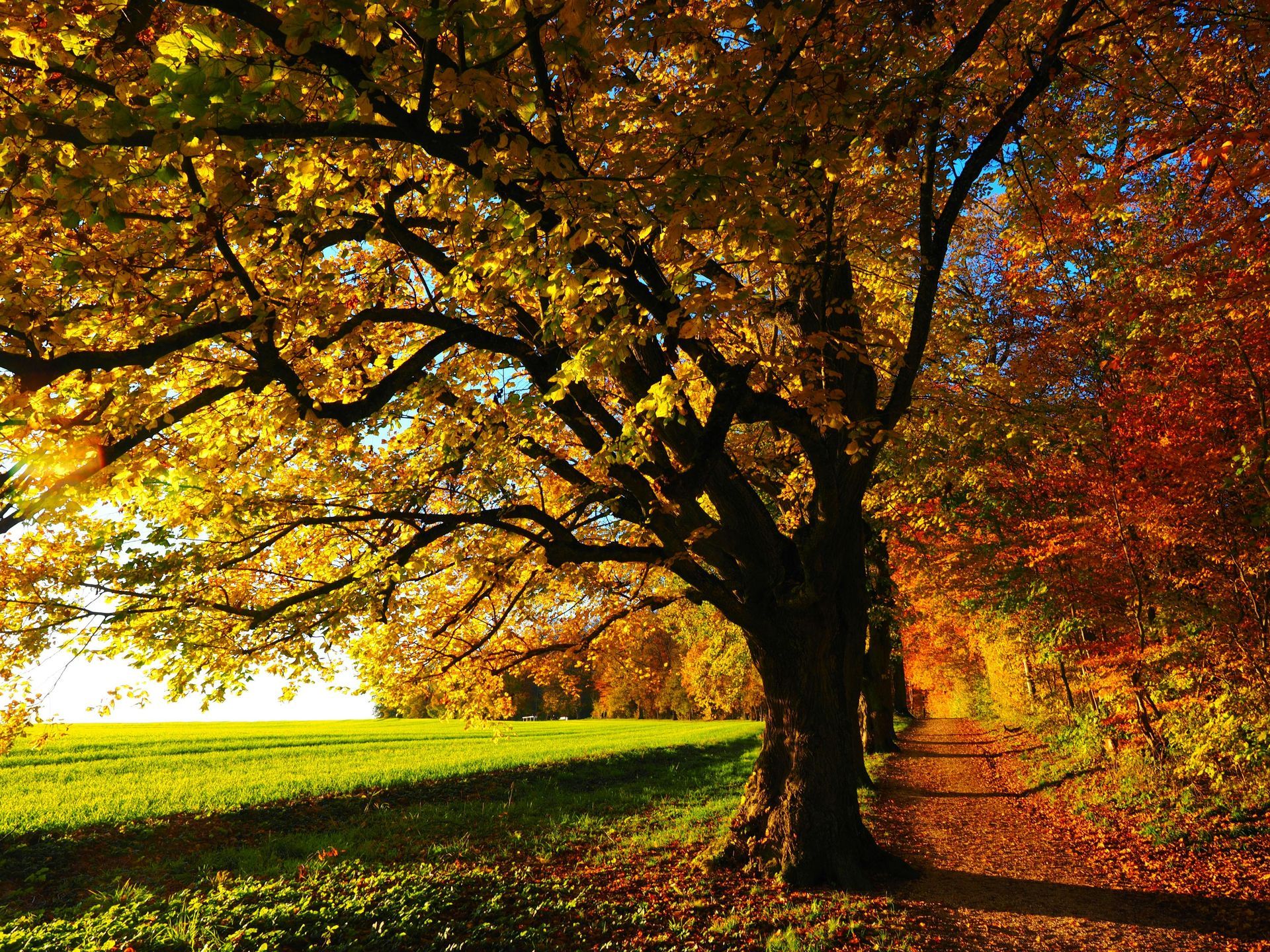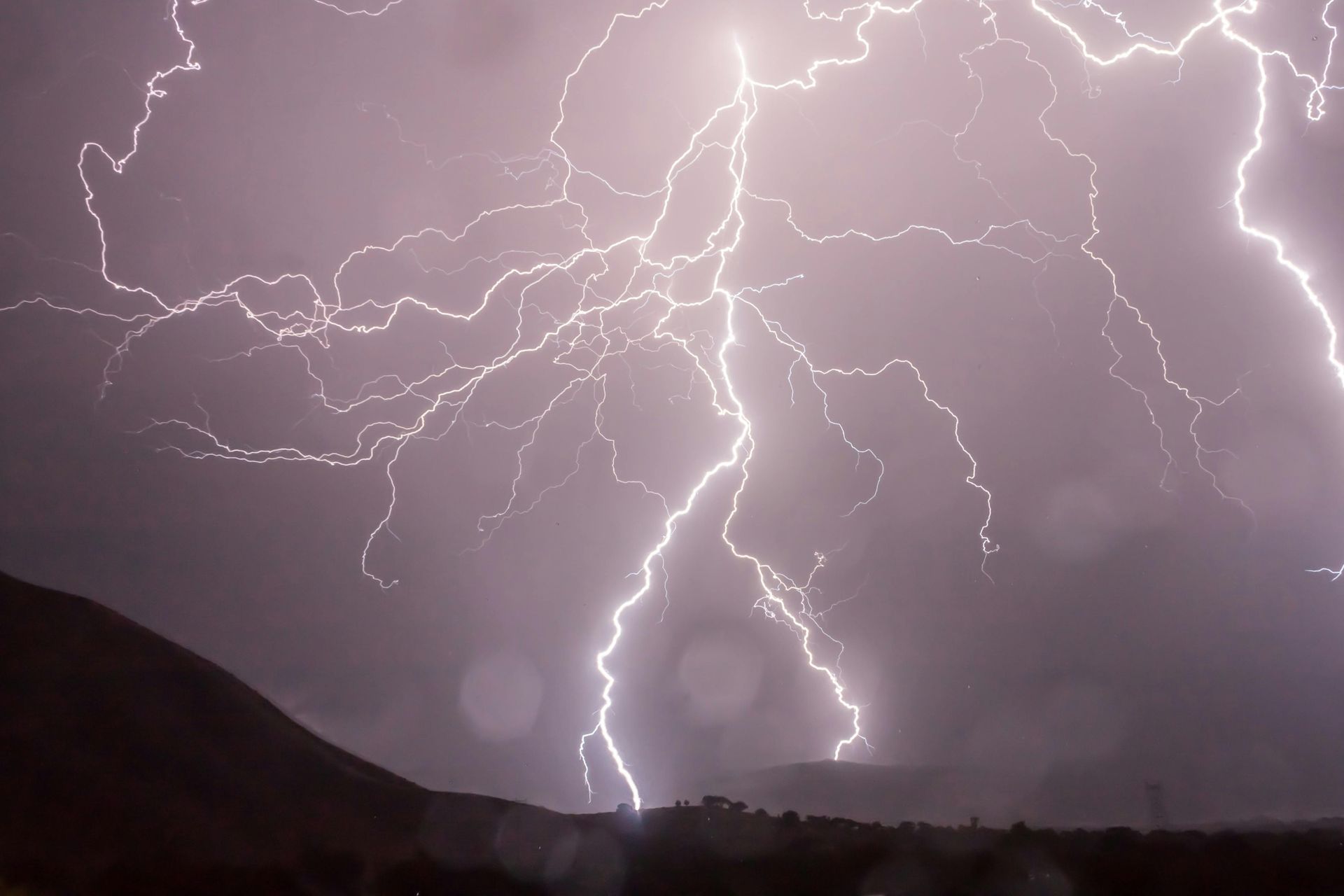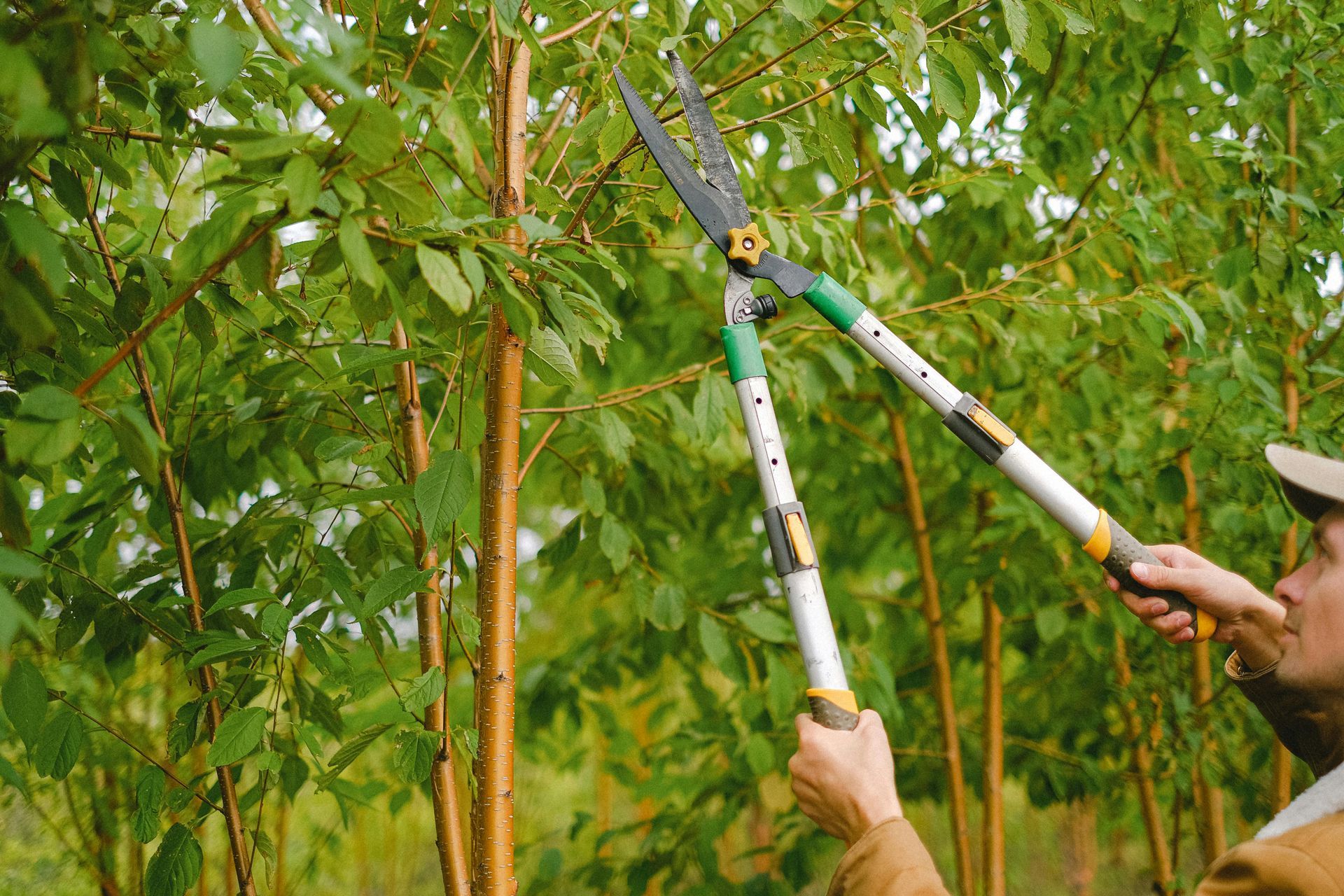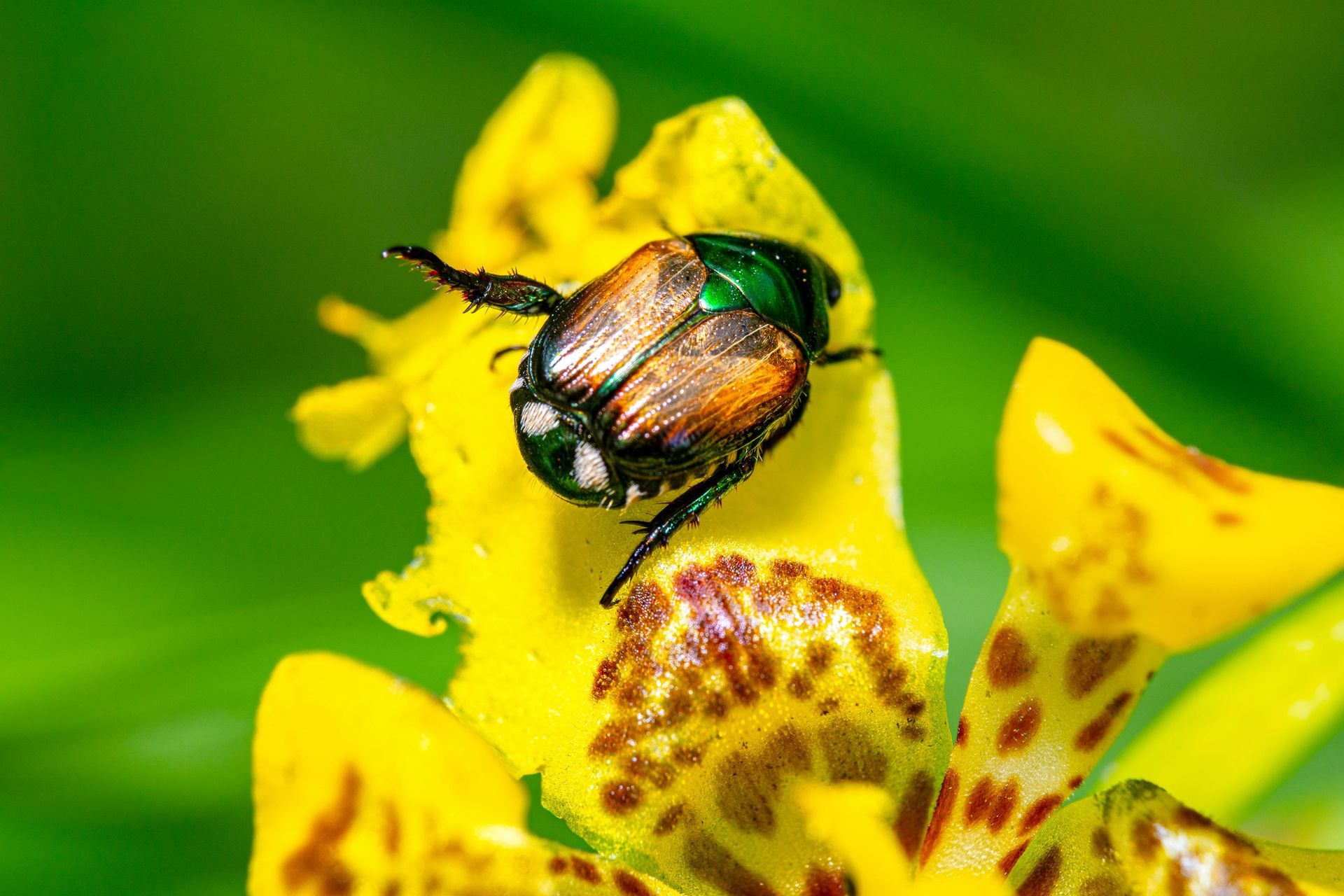Fall Pruning: What to Cut (and What to Leave) Before Winter Hits
Fall Pruning: What to Cut (and What to Leave) Before Winter Hits
Introduction
Know what to prune and what to leave this fall. Learn safe fall pruning practices for trees and shrubs in Northwest Indiana.
Can I prune trees and shrubs in fall?
✅ Yes—fall is a good time to prune dead, damaged, or dangerous branches
❌ Avoid heavy pruning of spring-flowering shrubs or trees going dormant
✔ Prune selectively to reduce winter storm risk
✂️ 1. What You Should Prune in Fall
Fall is a great time to remove:
- Deadwood
- Broken limbs
- Hazardous branches near structures
- Crossing or rubbing branches
- Overgrowth on deciduous shrubs (selectively)
🌸 2. What NOT to Prune in Fall
Avoid pruning:
🚫 Spring-flowering shrubs (you’ll remove buds!)
🚫 Evergreen trees (best to prune late winter)
🚫 Any tree or shrub going into dormancy with lush new growth
Late pruning can make plants vulnerable to freeze damage.
🧤 3. Clean Cuts Count
Use sharp tools, sanitize blades between cuts, and avoid leaving ragged wounds. Proper cuts = faster healing and lower disease risk.
🏡 4. Prepare for Dormant Pruning
October is a great time to schedule dormant pruning for late winter/early spring. This is especially helpful for:
- Structural training
- Fruit trees
- Disease management
- Young shade trees
✅ Final Thoughts
Fall pruning is less about shaping and more about safety and smart cuts. Clean up what needs to go...but leave the rest until late winter.
📞 Need help identifying what to prune now vs. later? We’d be happy to take a look. Call 219-331-5901

